Optimal Timing for Storm Restorations
The optimal time for storm restorations typically depends on weather patterns, seasonal conditions, and regional climate. Generally, the period following a storm or hurricane when weather conditions stabilize is ideal for repairs and restoration work. Performing restorations during dry, calm weather reduces risks and ensures quality workmanship.
The best time for storm restorations is immediately after storm activity when damage assessment and repairs can be efficiently scheduled.
Conducting restorations during the off-peak seasons, such as late fall or winter, can reduce scheduling conflicts and may offer cost advantages.
Dry and mild weather conditions are preferable for storm restoration projects to ensure safety and quality results.
In regions prone to hurricanes, timing restorations before the storm season can prepare properties and mitigate damage.
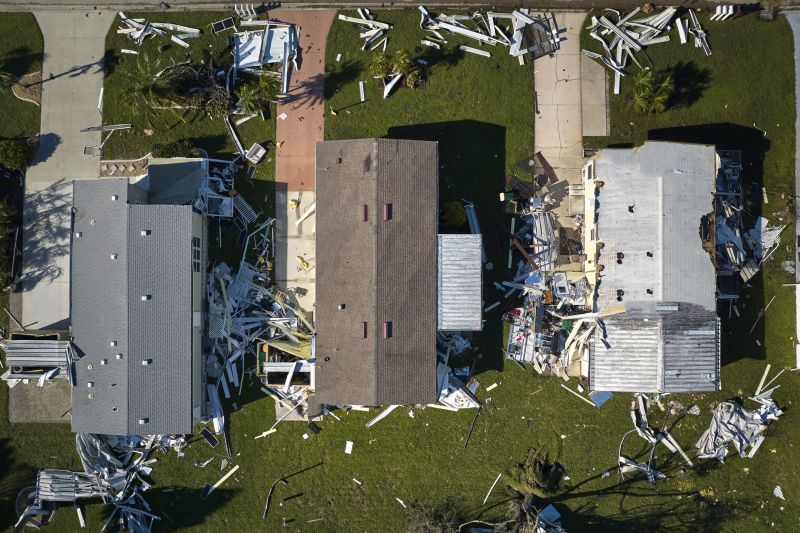
Visual documentation of storm damage helps prioritize restoration efforts.
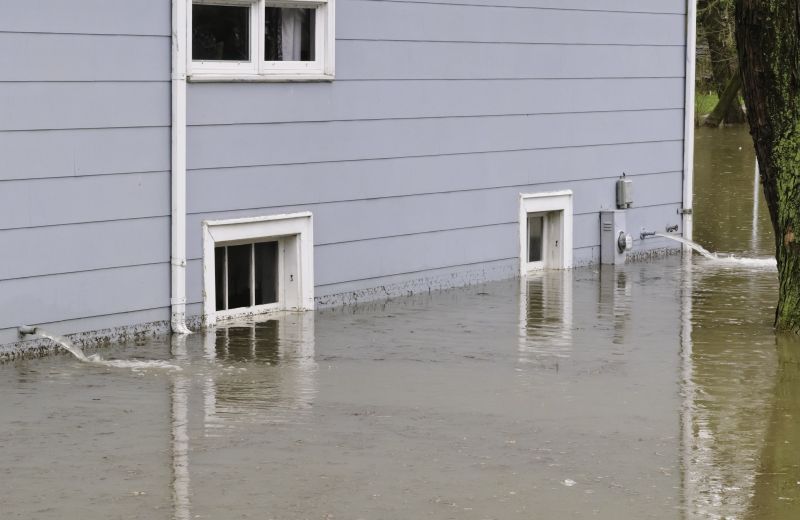
Immediate fixes prevent further damage and prepare structures for full restoration.
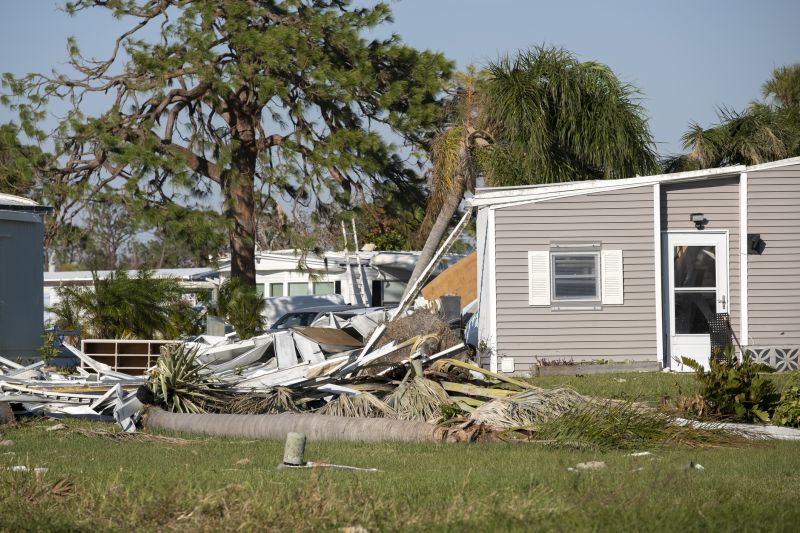
Strategic planning ensures efficient and effective storm restoration projects.

Ways to make Storm Restorations work in tight or awkward layouts.
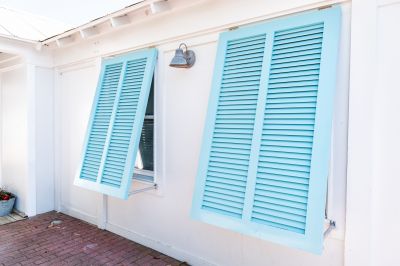
Popular materials for Storm Restorations and why they hold up over time.
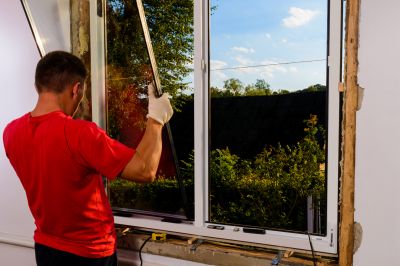
Simple add-ons that improve Storm Restorations without blowing the budget.
| Season | Best For |
|---|---|
| Spring | Post-winter storms and preparing for hurricane season |
| Summer | Peak storm activity, immediate response needed |
| Fall | Post-hurricane recovery and off-season scheduling |
| Winter | Off-peak time, ideal for planning and minor repairs |
Storm restorations involve repairing and restoring structures damaged by severe weather events. These projects include fixing roofs, siding, windows, and structural elements to ensure safety and durability. The process often requires quick response times, detailed assessments, and careful planning to minimize downtime and prevent further damage.
Statistics indicate that timely storm restorations can significantly reduce long-term repair costs and prevent secondary issues such as water intrusion and mold growth. Properly scheduled restoration efforts contribute to the resilience of properties against future storms and adverse weather conditions.
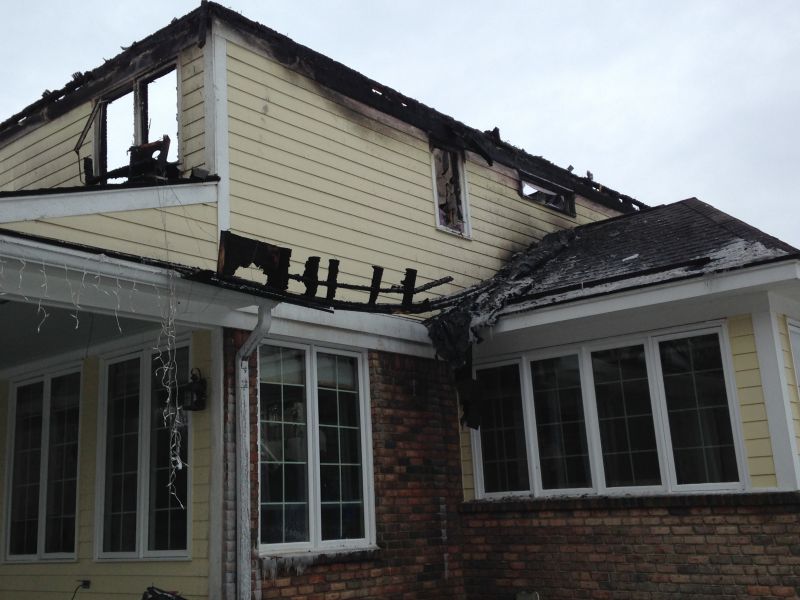
Restoring damaged roofs and siding after storms.

Strengthening structures to withstand future weather events.
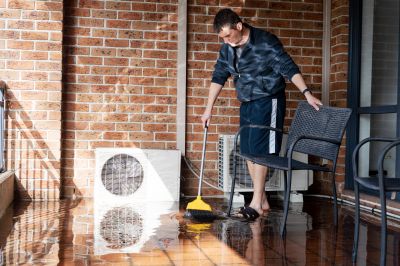
Addressing water intrusion caused by storm-related leaks.
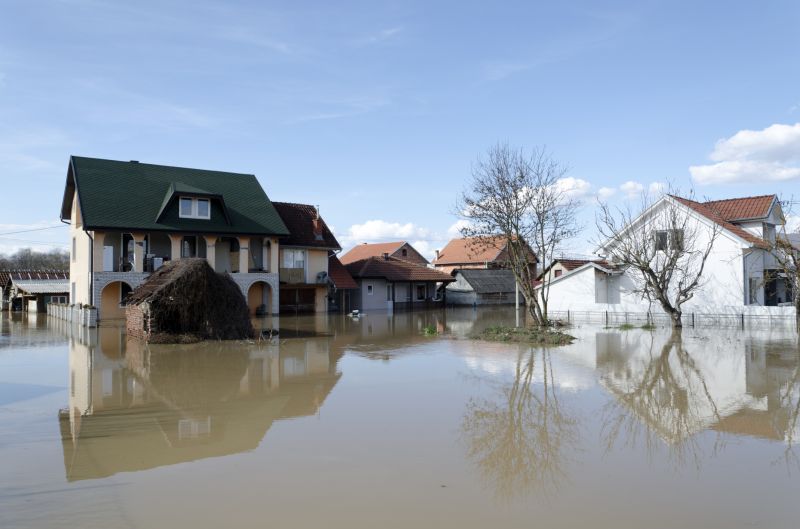
Rapid response to storm aftermath for safety and damage mitigation.

High-end options that actually feel worth it for Storm Restorations.

Finishes and colors that play nicely with Storm Restorations.
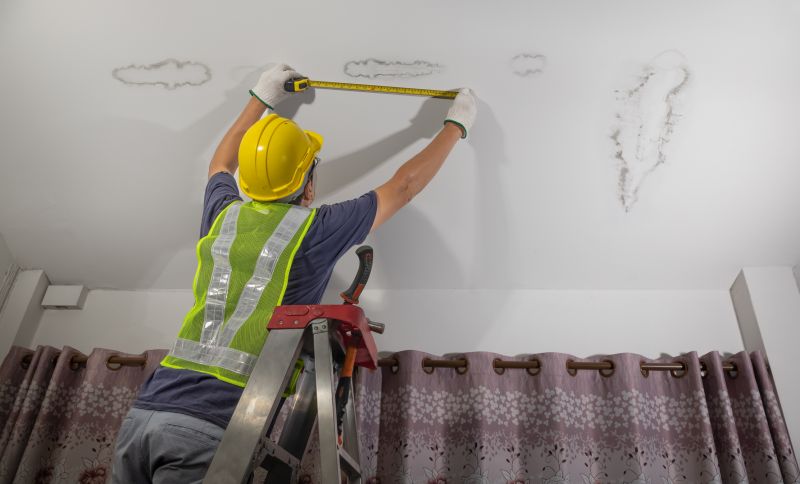
Little measurements that prevent headaches on Storm Restorations day.
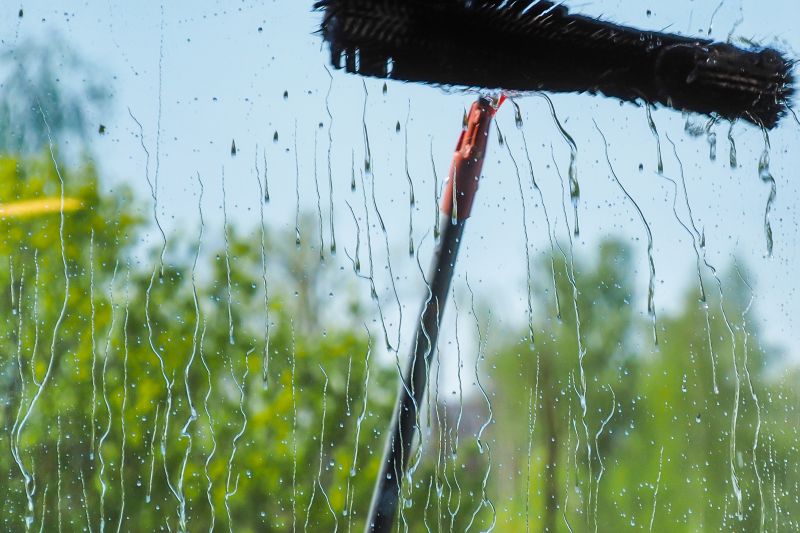
A 60-second routine that keeps Storm Restorations looking new.
Interested property owners in Davenport, FL, are encouraged to contact for detailed assessments and tailored storm restoration plans. Initiating repairs promptly can help maintain property integrity and safety following severe weather events.

